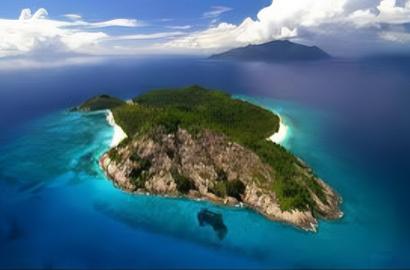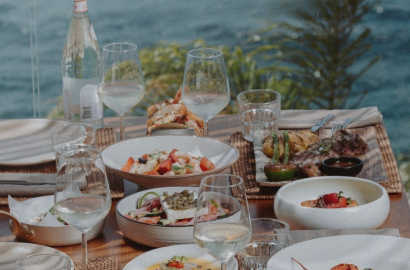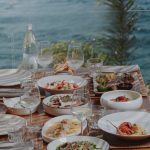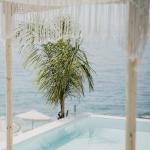You can spot a first-time visitor to the Albanian Riviera within minutes. It’s not just the wide-eyed look when they see the sea. Or the “Wait—this is Europe?” comment (which we hear often).
It’s when they hear the music.
Usually at a wedding. Or even just outside a café on a warm night when someone brings out a çifteli and things escalate quickly. That’s when the head tilts, the eyes squint, and someone whispers, “What is that sound?”
What they’re hearing is polyphonic music—the soul of the south. And whether you grew up here or just spent a summer or two in places like Saranda, Himara, or Borsh… you know at least one of those songs by heart.
⸻
More Than Just Harmony
Polyphony isn’t just music—it’s memory.
The way voices weave in and out, overlapping like waves—there’s something deeply Albanian about it. Rooted in history, soaked in pride, and passed down from generation to generation.
When I was a kid, my uncle would start humming during Sunday lunches. Someone else would jump in with the iso—that long, steady drone that grounds the whole thing. By the third verse, half the table was singing, and my aunt was shushing us while still tapping her spoon on the plate in rhythm.
You don’t “learn” these songs in the south. You absorb them.
⸻
A Living Tradition
Just last month, I was walking through the village of Pilur—one of the true cradles of polyphony—when I heard it again.
Four older men sitting in the shade, drinking coffee, and casually delivering the kind of harmonies that would leave a choir director speechless. Not for show. Not for tourists. Just because the moment felt right.
That’s what makes the culture here different. It’s not curated or packaged. It just is.
And honestly, it’s one of the reasons people are falling in love with this coastline—not just for Saranda apartments for sale or seaview properties, but for what the land and people carry.
You’re not just buying a home here. You’re stepping into a living culture.
⸻
Where Music Meets Real Estate (Yes, Really)
Now, I know this isn’t your typical real estate story, but it is part of the experience.
Last week, I was showing a lovely couple from Austria one of our villas in Borsh—modern design, private pool, olive trees swaying nearby, and that impossible blue sea just down the hill. You can take a look here if you want.
As we wrapped up, a man on the neighboring property started singing. Just him at first, then a second voice joined, and before long they were harmonizing like it was rehearsed (it wasn’t). The couple just stood there, speechless. Then she turned to me and said, “I don’t understand the words, but I feel something.”
That’s it. That’s the Riviera. It hits you in ways you can’t explain.
⸻
Tangent Time: Raki and Rhythm
Okay, short tangent—but it’s related, I promise.
If you ever get invited to a family gathering in the south, never underestimate the power of raki. One glass turns you into a philosopher. Two glasses and suddenly, you know all the words to “Moj e bukura More,” even if you don’t speak Albanian.
I’ve lost count of how many property tours have ended with an unplanned stop at someone’s cousin’s house for “just a coffee” that turns into grilled lamb, homemade wine, and impromptu singing.
That’s what I mean when I say this region isn’t just about beachfront property. It’s about belonging.
⸻
Related posts:
Ivanka Trump’s new luxury eco-resort on Sazan Island is turning heads—here’s what it means for real estate on the Albanian Riviera, from Ksamil to Saranda.
Discover why long lunches are still sacred in Albania—and how this timeless tradition shapes life (and real estate) on the Albanian Riviera. A local’s perspective from Saranda.


 Ivanka Trump’s Investment Move: A Luxury Eco-Resort Coming to Sazan Island, Albania
Ivanka Trump’s Investment Move: A Luxury Eco-Resort Coming to Sazan Island, Albania
 Why Albanians Still Eat Together: The Art of the Long Lunch
Why Albanians Still Eat Together: The Art of the Long Lunch
 Albanian Hospitality for Real: Why Strangers Will Invite You for Raki at 10 AM
Albanian Hospitality for Real: Why Strangers Will Invite You for Raki at 10 AM
 Summer Isn’t a Season Here—It’s a Celebration
Summer Isn’t a Season Here—It’s a Celebration
 The Soul of the Riviera: Music, Traditions, and Why Everyone Knows a Polyphonic Song
The Soul of the Riviera: Music, Traditions, and Why Everyone Knows a Polyphonic Song